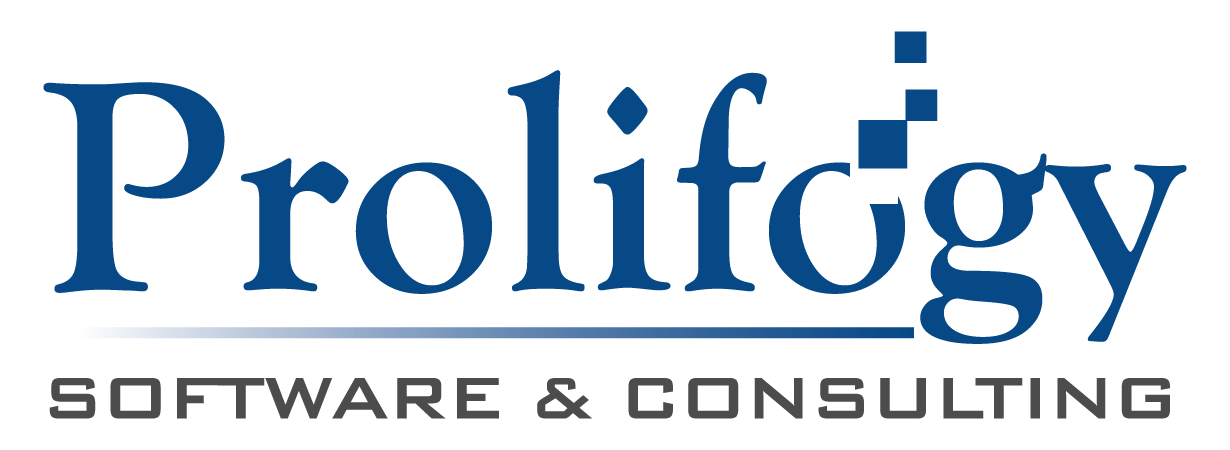CAN SOURCE CODE UNCOVER PATENT INFRINGEMENT?
One of the first steps in patent litigation is determining whether a product, service or software in the marketplace potentially infringes upon a patent. This can often be done by reverse engineering source code.
These initial steps not only serve as leverage to avoid litigation whenever possible, but they also provide the patent holder with confidence in the knowledge that a potential lawsuit will be fruitful.
In some cases, potential infringement can be assessed by using the finished product. In many other cases, though, the only way to know whether a product may infringe is to take it apart and see how it works. It can be extremely costly in terms of both time and money to reach the discovery phase of a lawsuit only to find that the accused products don’t perform any infringing steps after all.
Many patented inventions can be practiced by software. For those types of patents, software-specific approaches must be taken for assessing potential infringement, such as reverse engineering source code within the software application.
WHAT CAN REVERSE ENGINEERING SOURCE CODE DETERMINE?
A software application is developed by compiling human-readable source code written in a programming language like C++ and compiling it into machine-readable format. Reverse engineering is the art and science of translating the finished product—the machine-readable application—back into human-readable source code format so that one may reason about the behaviors and functions of the application. When software is reverse engineered using the right approach, the end result can be concrete evidence to support an infringement claim, suitable for use in licensing talks or as the basis of a lawsuit.
Reverse engineering source code is possible for some, but not all, software applications. To learn more about what Prolifogy can do for your organization, contact us now our web site or call us at (855) 776-5436 and ask about our reverse engineering services.
